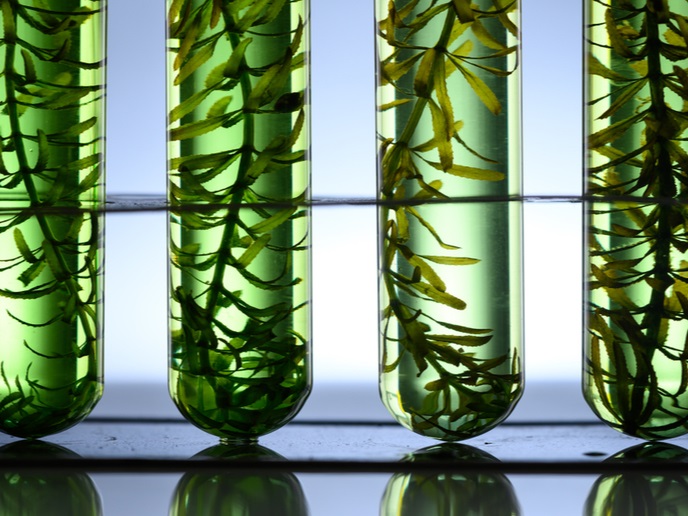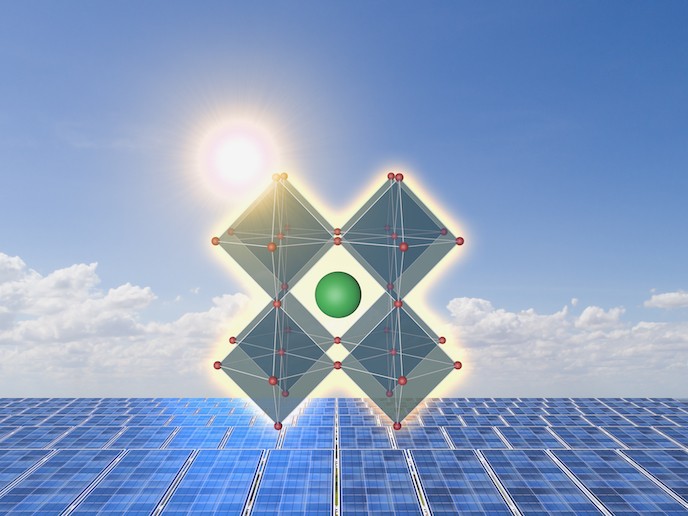Fresh approach to solar cell design
The aim of the project HYBRIDSOLAR (Morphology and molecular packing in polymer-nanocrystal hybrid solar cells revealed with synchrotron x-ray characterization and other techniques) was to improve understanding of non-toxic polymer-nanocrystal hybrid solar cells. These devices have the potential to combine the advantages of organic and inorganic materials to produce high performance yet lightweight and flexible devices. Researchers demonstrated control of molecular packing and morphology in hybrid solar cells and correlated it with their properties and performance in order to fabricate high-efficiency solar cells. The form factor and morphology of matildite nanoparticles containing silver, bismuth and sulfur (AgBiS2) developed by researchers and the polymer hole transport layer were controlled by varying processing conditions, including annealing, solvent variation, the solution concentration and the ligand exchange process. Although solar-cell efficiencies were below 1 % at HYBRIDSOLAR’s outset its efforts have resulted in efficiencies of up to 6.3 %. It is believed this represents the highest efficiency of any nontoxic nanoparticle solar cell that are solution processed at low temperatures. Therefore the main results have been included in a patent application, have been published in Nature Photonics and have received broad media coverage. The knowledge gained within HYBRIDSOLAR is of paramount importance to further improve the design of solar cells and achieve commercially relevant efficiencies.
Keywords
Solar cell, HYBRID, SOLAR molecular packing, polymer, nanocrystal, synchrotron x-ray, hole transport layer, environmentally friendly, solution processed, quantum dot






